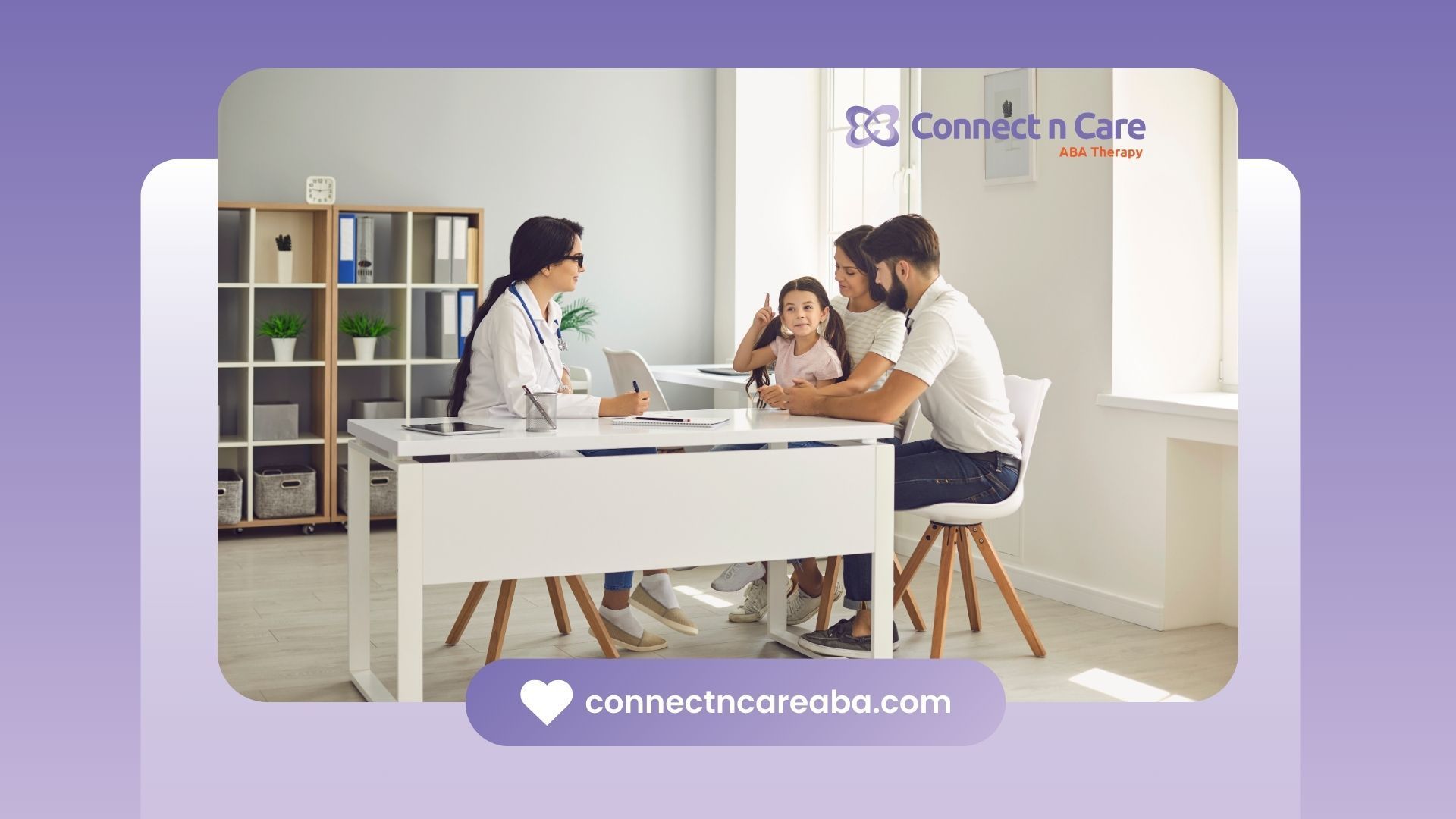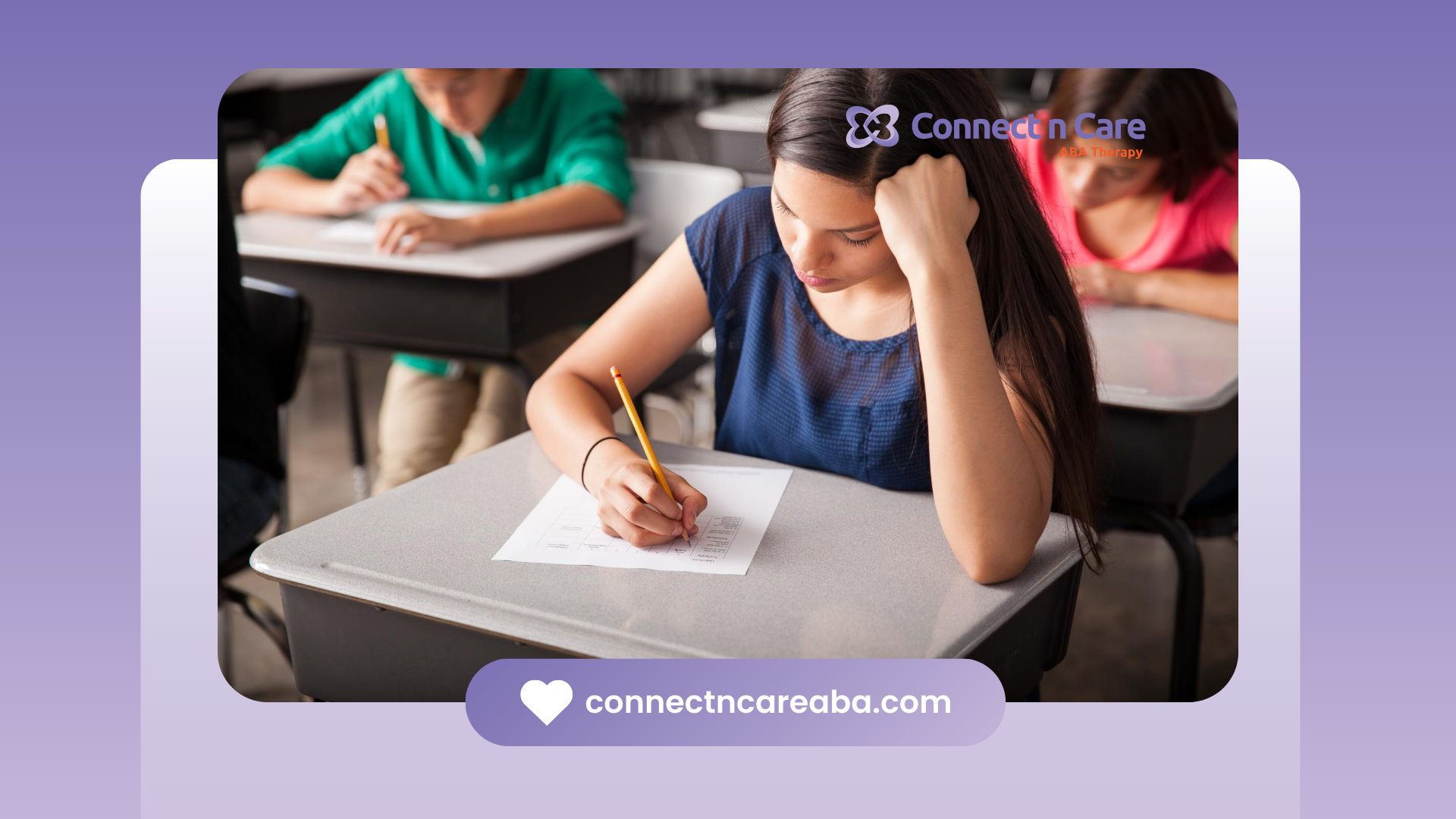Understanding Communication Resources
Importance of Social Skills
For folks with autism, picking up social skills can light up their lives with joy, friendships, and a snug sense of community. Now, you might be thinking, socializing is hard—especially if you're an autistic adult—but the pay-off can be pretty sweet. As said by Autism Speaks, getting better at social skills through practice means you can dive into more community shindigs.
These social skills aren't just about chatting—they're about lifting self-esteem and managing those pesky feelings. Research out there shows that giving your social skills a tune-up can really boost your interactions, opening doors to lasting friendships. Want the scoop on handling social scenes? Check out our resources on communication strategies for autistic adults.
Social Skills Groups and their Benefits
Social skills groups? Think of them as practice fields where folks with autism can work on their communication, backed by a friendly crowd. These groups are melting pots for people of all walks, even those who aren’t on the spectrum. Many of 'em follow ready-made social skills lessons.
A hot trend right now? Behavioral Intervention Technologies (BITs). These techie tools—featuring nifty computer programs and even robots—give social skills a high-tech twist. Research backs this up, showing BITs-SST stands shoulder to shoulder with those face-to-face chats, scoring impressive results (g=0.81 for face-to-face and g=0.93 for BITs-SST). Sounds like tech's lending a helping hand with social skills.
Social activities aren’t just about chit-chat. They're about learning to read vibes, share what you love, and maybe understanding and showing your feelings. This is key for connecting and getting along in all sorts of social hangouts. For those caring for someone on the spectrum, peek at our article on social skills training for autistic adults for solid ideas.
Then there are activities all about handling emotions. Knowing what sets you off and keeping your cool is a game changer for daily life and happiness. By diving in these social skill groups, autistic folks can crank up their communication game, paving the way to richer and deeper connections.
Visual Communication Tools
Visual aids are like secret weapons for autistic adults trying to tackle social situations with more ease and boost their ways of expressing themselves. These tools are a win-win because they align with the visual learning style many people on the autism spectrum naturally have, turning tricky ideas into clear, colorful pictures.
Personalized Teaching Stories
Think of personalized teaching stories as life coaches in a book. They're all about guiding autism folks through the dos and don'ts of various social scenes. These stories break things down visually, which works wonders for helping autistic individuals digest what's going on. Autism Speaks points out that visuals often hit home better than plain old spoken words.
These stories aren’t one-size-fits-all. They're tailored to fit the unique puzzle that is each individual’s life, peppered with relatable incidents and social dynamics. By spelling out different scenarios, reactions, and best-case conclusions, these narratives can shrink stress levels and hype up social readiness. Basically, they dish out clear-cut cues on social manners and expectations.
Visual Templates and Social Situations
Visual templates swoop in as superhero tools for autistic adults. They pack the power of charts, images, and symbols to break down social encounters into simple, bite-sized pieces. Autism Speaks, teaming up with the University of Washington's READI Lab and Microsoft Office, has whipped up a batch of editable templates designed to keep social learning visual and straightforward.
These visual tools are the communication cheerleaders, boosting clarity and understanding in a naturally visual setting. They act like a GPS, guiding shifts between tasks and making complex ideas not so head-spinning.
| Type of Visual Tool | Description | Benefits |
|---|---|---|
| Personalized Teaching Stories | Customized narratives to illustrate social dos and don'ts. | Lowers anxiety and spells out expectations. |
| Visual Templates | Charts and symbols to break down various social scenarios. | Boosts understanding and enhances communication. |
Visual communication tools, such as personalized teaching stories and visual templates, really jazz up the way autistic individuals handle social interactions. They hit the spot by providing paths to clearer, structured communication.
AAC Apps for Autistic Adults
AAC (Augmentative and Alternative Communication) apps can really bridge the gap for folks on the autism spectrum who have trouble with speech. Let’s check out some of the standout choices and see what they bring to the table.
GoTalk NOW LITE
GoTalk NOW LITE is like a best bud for those who communicate in ways beyond speech. This app’s super adaptable, letting you tweak things like pages and navigation to fit just right. Here’s what it offers:
- Talks for you with text-to-speech
- Symbols galore, customize them how you like
- Record your own voice messages
The ultimate buddy in communication, this one brings ease to everyday chat.
Proloquo2Go
Proloquo2Go isn’t just an app—it’s like a daily conversation partner. Wrapped up in symbols, it helps with those language-building blocks. Key features:
- Switch up voices and build vocab your way
- Adjust the look to suit your style
- Good for newcomers but doesn’t bore the pros
It grows with you, making communication as easy as chatting with an old friend.
iCreate… Social Skills Stories
The iCreate… Social Skills Stories app is like a personalized storybook creator for anyone needing a nudge in social skills. Here’s why it’s a hit:
- Create as many pages as your heart desires
- Mix in visuals, sounds, and words
- Bring in your own pics for a real personal touch
This app turns social learning into an engaging storytelling session that sheds light on social norms.
First Then Visual Schedule HD
First Then Visual Schedule HD steps in as the planner with pictures and sounds, making daily grind a tad easier. Features that stand out:
- Shows what your day’s gonna look like with visuals
- Gives audio reminders to keep things clear
- Helps ease nerves, encouraging a more go-with-the-flow day
It’s a visual and auditory buddy that makes life’s daily stuff smoother and less of a puzzle.
Bitsboard Flashcards PRO
Bitsboard Flashcards PRO is the fun teacher everyone wishes they had. Packed with:
- Over 35 cool learning activities
- Customize speeds so you’re never left behind
- Interactive fun with flashcards and games
A gateway to learning that makes educational journeys accessible and fun.
Tapping into these AAC tools not only boosts communication but also gives social engagement a friendly nudge. They’re all about helping out and adapting to what works best on this unique and personal path.
Augmentative & Alternative Communication (AAC)
AAC, or Augmentative and Alternative Communication, gives autistic adults the cool gadgets and systems needed when talking isn’t that straightforward. These tools are all about helping folks get their thoughts and needs across without breaking a sweat.
Personalized AAC Systems
Just like snowflakes, no two autistic folks are alike. This means
AAC systems have to be as flexible as a yoga instructor. Stuff like picture books and nifty electronic gadgets can be customized precisely to what each person needs. Personalizing these tools ensures they're useful in the real world, enabling effective interaction at home, work, or any place under the sun.
| AAC System Type | Description |
|---|---|
| Visual Communication Books | Use tons of pictures and symbols to get ideas across. |
| Electronic Devices | Speak or show text when you pick a symbol. |
AAC Selection Considerations
Choosing the right AAC setup isn’t a one-person job. You might wanna team up with someone who speaks the language of speech and language therapy. They’ll help run the AAC assessment marathon, checking out stuff like medical needs, cultural quirks, and what makes the individual tick. These factors are super important in picking the best AAC tools for the job.
Here’s what you might need to mull over:
- Medical Needs: Health bits that might mess with communication.
- Cultural Factors: What’s culturally cozy or a bit awkward.
- Personal Preferences: What flicks their switch when it comes to communication.
Communicative Functions with AAC
AAC systems do more than just breaking the ice; they become your sidekick in expressing all kinds of messages. They help autistic folks dodge the frustration of not being understood. These tools are like superheroes for communication by:
| Communicative Function | Description |
|---|---|
| Expressing Needs | Telling what’s needed, like food, or a cozy blanket. |
| Engaging Socially | Joining the chitchat and having a blast. |
| Sharing Information | Passing on thoughts, tales, or golden moments. |
Good AAC systems pump up the volume on communication skills for autistic adults. For more brainy ideas on upping your communication game, peep our guides on supporting nonverbal autistic adults.
AAC Assessment and Implementation
Let's chat a bit about Augmentative and Alternative Communication (AAC). It's a big deal when it comes to helping autistic adults communicate in ways that work best for them. Sorting out a good AAC plan isn't just something you scribble on a napkin—it needs a thoughtful approach to suit each person's unique quirks and needs.
Collaboration with Therapists
Getting the lowdown from speech and language therapists is more than just helpful—it's pretty much super important. These savvy folks bring years of know-how on how autistic individuals roll, communication-wise. They can point out how different aspects of life, like medical conditions or cultural vibes, play a part in how someone communicates. Working hand-in-hand with these pros helps an AAC system click better in real-world chats.
AAC Assessment Process
The path to picking the right AAC setup includes gauging just what an individual needs to get their point across. Here's what goes into that:
| Assessment Piece | What's Covered |
|---|---|
| Communication Skills | Sizing up current ways of chatting and what they prefer. |
| Medical Needs | Looking at health stuff that messes with talking. |
| Cultural Factors | Sussing out cultural influences on chat styles. |
| Individual Strengths | Spotting strengths to shape a solid AAC game plan. |
The goal here is to snag a system that rocks communication and fits like a comfy old hoodie.
Individual Considerations for AAC
When picking AAC tools, think personal. It's gotta match up with what each person prefers, feels good about, and needs help with. There's a buffet of AAC choices, from no-tech goodies to high-tech gadgets. And hey, no shame in mixing and matching a few tools to cover different needs.
For more tips on communication, snoop around our articles on communication strategies for autistic adults and supporting nonverbal autistic adults. These treasure troves of info spill the beans on crafting chat-friendly spaces tailored to each person's vibe.
Technology-Based AAC Interventions
When it comes to supporting autistic adults in their communication journey, tech's got a big part to play. There are cool programs out there that help folks chat better and be more social, shaking up old ways with fresh ideas.
BITs-SST Programs
BITs-SST (Behavior Intervention Tech for Social Skill Training) sounds fancy, but it’s about using tech to amp up social skills for those on the Autism Spectrum. We're talking about software, avatars that act like they're human, and robots that know how to play nice. Research has shown a solid boost in social abilities thanks to these methods, proving their worth in social challenges.
Here’s a quick rundown of what BITs-SST offers:
| What It Is | What It Does |
|---|---|
| Software | Gets folks learning interactively |
| Avatars | Puts users in digital meetups |
| Social Robots | Engage users in friendly robot-led activities |
Effectiveness of Technology in SST
How well do these tech interventions work? Pretty darn well. Studies show they help build social smarts in lots of settings. They let folks practice in a way that's safe and not too pressure-cooker. Everyone's got different needs, so these programs can be fine-tuned for a personal touch.
Accessibility and Cost-Effectiveness
Money can be a real stress factor, and that’s where tech AAC options shine. They're budget-friendly and easier to snag than traditional sessions. A lot of families can’t swing pricey therapy, so tech options are a win.
With more high-tech AAC choices, getting communication help is smoother. Tech lets families and users practice right at home, slipping seamlessly into everyday life. To learn more about helping folks who don’t use words, take a peek at supporting nonverbal autistic adults.
Tech’s paving new roads for autistic adults to express themselves better, showing that real-deal AAC resources are game changers for both them and their loved ones.









